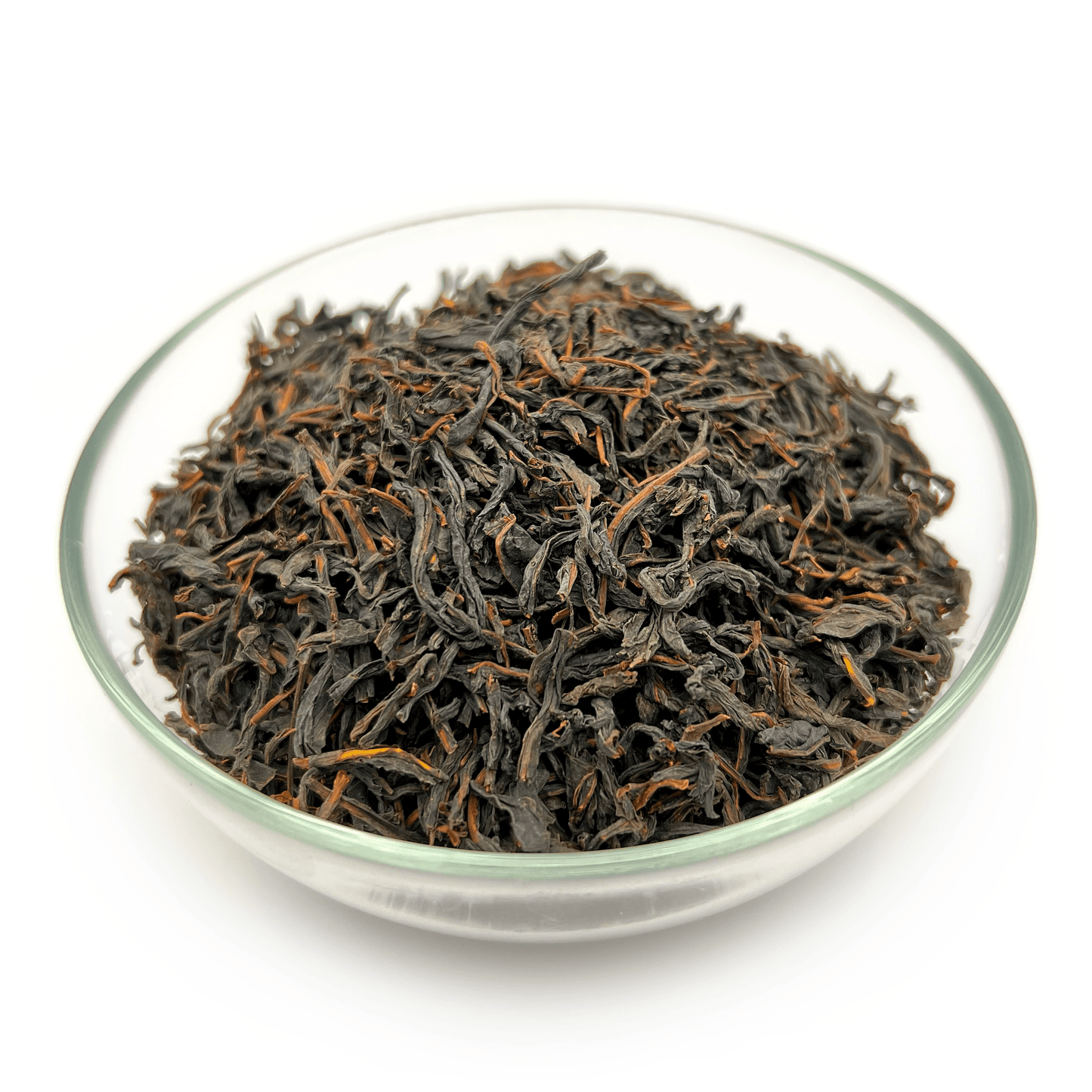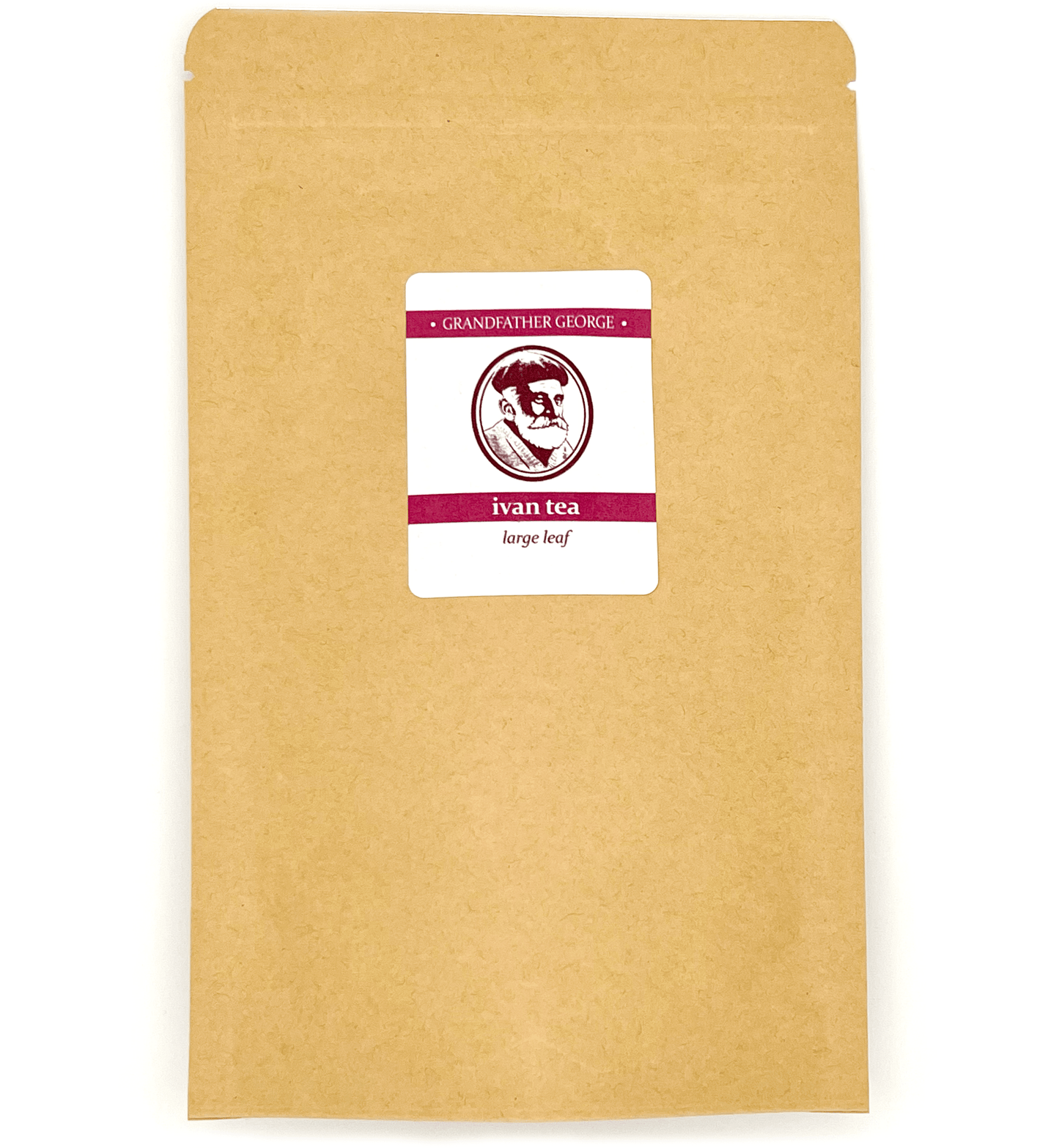Ivan tea (Chamerion) is a genus of perennial plants in the Onagraceae family, which are widespread in countries with a moderate climate. Among the 14 species of the plant, two are most commonly used: Chamerion angustifolium and Chamerion latifolium. The former grows in the northern regions of the Northern Hemisphere, including Arctic areas. Chamerion angustifolium, also known as narrow-leaved Ivan tea, is the most popular species, found throughout Russia and covering vast areas in the Urals and Altai. Ivan tea is also known by various other names such as "fireweed," "rosebay willowherb," "blooming sally", "swan tee", "иван чай". It is also referred to as "Koporsky tea."
Disclaimer: Ivan tea is not a medicine. Do not use Ivan tea to treat any disease or medical condition. Do not use fireweed tea as a substitute for medication prescribed by your doctor. If you have questions about whether you can drink Ivan tea and whether it can help your condition, first consult with your doctor.
What does Ivan tea look like?
Narrow-leaved Ivan tea can grow up to 200 centimeters in height. It has an upright stem covered with short, wedge-shaped leaves. The flowers of the plant are usually pink and gathered in lush clusters at the top.

History and Legends about Ivan tea
Since ancient times, it has been known to the inhabitants of Eurasia, Canada, and North America. The first mentions of a drink made from Ivan tea can be found in manuscripts from the 12th century in Rus. According to legend, after the battle with a crusader army, Alexander Nevsky went to a fortress where he first tried a drink made from the plant. He was surprised to fall asleep like a baby and wake up in the morning feeling refreshed and full of energy. Recognizing its healing properties, he ordered all his soldiers to drink Ivan tea. Despite this, the production of Koporye tea began only in the time of Catherine II. Later, it became popular not only in Europe but also in Asia.
Composition and Caloric Content of Ivan tea
Ivan tea is characterized by a rich chemical composition. It contains phosphorus, potassium, manganese, calcium, titanium, zinc, sodium, copper, magnesium, selenium, iron, molybdenum, and boron. The caloric content of 100 grams of the product is 103 kcal. At the same time, its nutritional value is:
- Proteins: 4.6 g;
- Fats: 1.8 g;
- Carbohydrates: 31.68 g.
Vitamins Content of Ivan tea
Ivan tea contains many vitamins (per 100 g of the product):
- Vitamin A: 13 mg;
- Vitamin B1: 0.11 mg;
- Vitamin B2: 0.137 mg;
- Vitamin B5: 1.356 mg;
- Vitamin B6: 0.632 mg;
- Vitamin B9: 0.112 mg;
- Vitamin C: from 13 mg and above;
- Vitamin PP (Niacin): 5 mg. Also, Ivan tea contains organic acids, flavonoids, lectins, tannins, and mucous substances.
Taste and Color of Ivan tea
If the product is non-fermented and simply dried, it will have a pronounced sourness. Fermented, processed leaves during brewing can give a richer, bright taste with soft honey, caramel, or fruity notes depending on the fermentation technology. The color of the drink is golden, similar to green tea.

Where and When Ivan tea is Harvested
Narrow-leaved Ivan tea begins to bloom in late May, after which harvesting can commence, ending by late August. In Russia, Ivan tea predominantly grows in the European part of the country. Due to its need for good lighting, Ivan tea is commonly found in open areas. Growing near water bodies provides Ivan tea with the necessary moisture. Typically, only the upper leaves, which are neither too dry nor damaged by insects, are harvested. While Ivan tea flowers contain fewer beneficial substances, they can also be dried and used as an addition to the drink itself.






